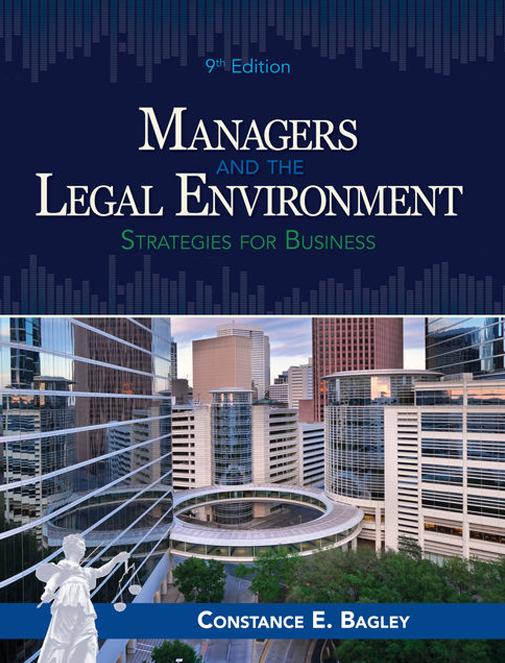Question
:Answer all, thanks. In Econland, current money supply is 1,000, the price level is 3, and real output is 600. Real GDP grows by 2.5

:Answer all, thanks.
In Econland, current money supply is 1,000, the price level is 3, and real output is 600. Real GDP grows by 2.5 percent per year, the money supply grows by 5 percent per year. The velocity of money is constant. Show your calculation for the following.
a. Use the quantity equation of money to find the velocity of money.
b. Suppose the velocity of money is constant. Use the quantity theory of money to find the inflation rate. What happens to inflation if money growth rate increases?
c. By how much does nominal GDP grow per year?
d. If the long-run nominal interest rate is 4 percent, what is the long-run real interest rate?
e. What happens to the long-run real interest rate if money growth rate increases?
What happens to the long-run nominal interest rate if money growth rate increases?
f. Suppose, instead of a constant velocity of money, the velocity of money in Econland grows steadily at 1% per year because of financial innovation.
Use the quantity theory of money to find inflation.
What is inflation if the velocity of money grows at 2% per year?
What is the relationship between the velocity of money and inflation?
How should the central bank change the money supply growth to compensate for the positive growth in velocity to keep inflation at the level in (b)?

Step by Step Solution
There are 3 Steps involved in it
Step: 1

Get Instant Access to Expert-Tailored Solutions
See step-by-step solutions with expert insights and AI powered tools for academic success
Step: 2

Step: 3

Ace Your Homework with AI
Get the answers you need in no time with our AI-driven, step-by-step assistance
Get Started


